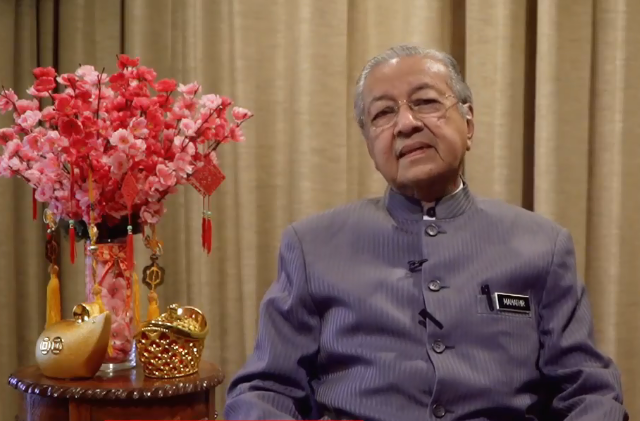

The space agency’s new countdown clock got a workout as problem after problem cropped up in the final four minutes, and the count switched back and forth at the launch site at Cape Canaveral, Florida.
A stray boat in the launch-danger zone kicked things off badly. Then excessive wind twice halted the countdown, followed by valve trouble on the unmanned Delta IV rocket that could not be fixed in time.
Declining battery power in the rocket’s video camera system reinforced the decision to quit for the day. Orion is how NASA hopes to one day send astronauts to Mars. This inaugural flight, while just 4½ hours, will send the unmanned capsule 3,600 miles (5,800 kilometers) into space.
It’s the first attempt to send a spacecraft capable of carrying humans beyond a couple hundred miles of Earth since the Apollo moon program. The ultimate goal, in the decades ahead, is to use Orion to carry people to Mars and back.
NASA anticipated 26,000 guests for the historic send-off – the roads leading into Kennedy Space Center were packed well before dawn – and the atmosphere was reminiscent of the shuttle-flying days. “Go Orion!!” urged a hotel billboard in nearby Cocoa Beach.
A Thursday launch would have been special for another reason: NASA launch commentator Mike Curie noted that it was the 16th anniversary of the launch of the first US piece of the International Space Station, by shuttle Endeavour. “That was the beginning of the space station, and today is the dawn of Orion,” he said.
Orion is aiming for two orbits on this inaugural run. On the second lap around the home planet, the spacecraft should reach a peak altitude of 3,600 miles, high enough to ensure a re-entry speed of 20,000 mph (32,200 kph)and an environment of 4,000 degrees (2,200 Celsius). Splashdown will be in the Pacific off the Mexican Baja coast, where Navy ships already are waiting.
NASA’s Mission Control in Houston was all set to oversee the entire 4½-hour operation once the rocket was in flight. The flight program was loaded into Orion’s computers well in advance, allowing the spacecraft to fly essentially on autopilot.
Flight controllers could intervene in the event of an emergency breakdown. The spacecraft is rigged with 1,200 sensors to gauge everything from heat to vibration to radiation. At 11 feet (3.4 meters) tall with a 16.5-foot (5-meter) base, Orion is bigger than the old-time Apollo capsules and, obviously, more advanced.
As NASA’s program manager Mark Geyer noted, “The inside of the capsule is totally different.” NASA deliberately kept astronauts off this first Orion. NASA’s last trip beyond low-Earth orbit in a vessel built for people was Apollo 17 in December 1972.
“It’s a thrilling prospect when you think about actually exploring the solar system,” space station commander Butch Wilmore said from orbit as the Orion countdown entered its final hour. “Who knows where it will take us, who knows where it will go. We’ll find out as time goes forward, but this first step is a huge one.”
-INDIA TODAY









